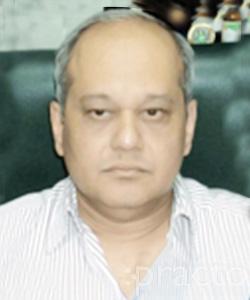×
Please select City And Area.
Doctors Near You for Facial Bone Deformalities in Warnes
restless leg syndrome treatment







Facial bone deformities are structural abnormalities in the bones of the face that affect the overall appearance and function of the facial features. These deformities can range from minor asymmetries to significant malformations involving multiple facial bones. They may impact facial symmetry, jaw alignment, and the functionality of facial structures, potentially affecting speech, chewing, and breathing. Common types of facial bone deformities include cleft lip and palate, where a gap forms in the upper lip and/or palate due to incomplete fusion during fetal development; craniosynostosis, a condition where the bones in a baby's skull fuse too early, leading to abnormal head and facial shapes; and facial dysostosis syndromes, such as Treacher Collins syndrome, characterized by underdeveloped facial bones and structures. The causes of facial bone deformities can be genetic, environmental, or a combination of both. Genetic factors include inherited conditions or mutations that affect bone development and growth. Environmental factors might involve maternal health issues during pregnancy, such as exposure to certain medications, toxins, or nutritional deficiencies, which can disrupt normal facial development. In some cases, the cause of the deformity may be unknown.
Treatment for facial bone deformities varies based on the type and severity of the deformity. Surgical intervention is often required to correct structural abnormalities and improve both function and appearance. For cleft lip and palate, surgery typically involves repairing the lip and palate to restore normal function and aesthetics. In cases of craniosynostosis, surgery is performed to correct skull shape and allow for normal brain growth. Facial dysostosis syndromes may require multiple surgeries to address various aspects of facial development. Orthodontic treatments and prosthetics may also be used to address functional issues or improve appearance. A multidisciplinary approach involving surgeons, orthodontists, speech therapists, and other specialists is often essential to provide comprehensive care and support for individuals with facial bone deformities.
